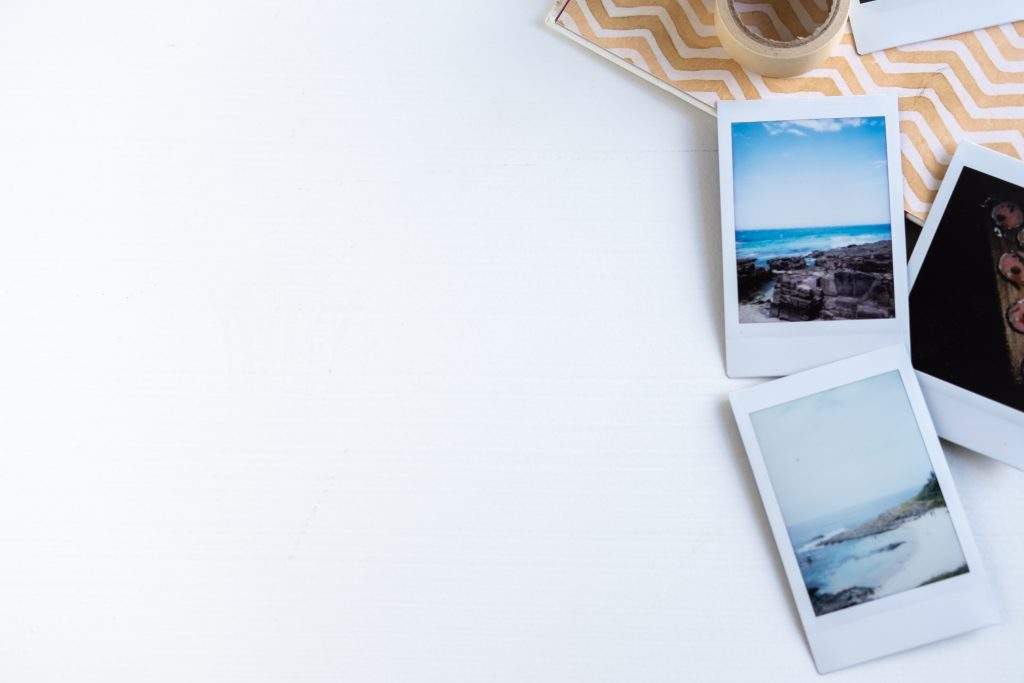
5 Tips for Making A Successful Brochure Design

Brochures are a great way to represent your brand identity, with the use of the correct colour scheme, design and information. These are usually written forms of communication distributed by corporations and are conveniently displayed for readers, usually during print campaigns. They vary from corporate to company. Corporate brochures are different from institutional brochures, they do follow similar formats but a corporate brochure works on showing the brand identity and objectives of the organization in style and information.
Nowadays, designers are equipped with technical skills and talents to present the best ideas to their clients find company brochure designer but sometimes hiring high-ranged professionals may not be completely necessary unless your budget permits it. If you know a few basic tips on designing a brochure you can create customised ones with the right software and tools available in online workspaces. Along with them, use these five top tips.
Plan a Clear Objective behind the Brochure
Begin by identifying the need for making a brochure in the first place. Clients will offer their inputs on this only if you ask them. The reasons for why a brochure is needed may vary :-
● Because the previous brochure failed to define and represent the brand objectives
● It could use an upgrade or additional reinventing
● New design trends outlive the older brochure designs thus, the reinventing is displayed
● There has been new introductions to the corporation and thus, a print campaign takes place to reintroduce the brand
If the client gives a brief on the new brochure then take the step to analyse and identify what they want implied in the brochure. This could be in design, colour, imagery or typography
Make Sentences Short And Crisp
The front page of the brochure does not contain too many fonts otherwise, it tends to appear unorganised and misleading. First impression does count when it comes to articles like brochures, the imagery should go in harmony with the font and wording. The basic structure of a brochure comes with,
● A heading – the first and foremost line that catches the readers eye
● A subheading – this can include additional information
● A body copy font – this refers to the major text of the publication or content
The visual art form, typography plays an influential part in co-aligning the brand image and its objectives within the brochure. Typically, the client proposes the font to be used or at the very least a sample in the brief itself. The brochure should reflect the vision of the client.
Choosing the Right Paper Stock
Now, before you even start with the contents, choosing the right paper is crucial as it impacts the brand as well as the reflection of the campaign set upon. Paper plays a big role in print campaigns. The effect is not as direct as choosing the font that does terribly to represent the entire feel of the corporation but it pronounces a subtle reflection of what the company ultimately offers their customers. Factors such as :-
Paper Density
170-300 GSM is the go-to size and density of the paper used to print corporate brochures. The amount of information included also makes a difference in the paper density so try to maintain the appropriate word limit and font size to avoid errors
Finishes
After choosing the paper thickness, choosing an appropriately fitting finish comes in next. Example, Coated paper gives off a glossy/matte finish. This option gives the paper a professional feel to it however is a rather expensive choice of design. Usually wealthy corporations go for this to promote brand image and readers do feel the differences in ranks just with the texture of the finish
Check and Confirm Your Copy
A copy can help you go a long way in terms of trying out new fonts or designs on a last minute scale. See what fits and doesn’t, then gather what works and decide on the final details and take. Through this process, you can mix and match and produce top designs suitable for the client’s approval. This also allows designers to take it easy and prevent rushing into the end result.
Work on User-Friendly Elements
User – friendliness is an ongoing marketing trend especially after the boom in online services and telecommunications. A brochure can be set up online or offline and the site of the exhibition is something to be considered when it comes to being user-friendly. The format should adapt according to the medium of exhibition
Website
Imagine being one of the readers who have stumbled upon your website and formulate a simple yet creative interface to set clear intentions during first impressions. Make sure the brochure is digitally comfortable to read. This would be a good time to update your website features into a more user-friendly interface to avoid any technical issues
Giveaways
Similar to the websites, putting the readers first is especially important during offline interactions. Customer service, presentation and overall photic communication comes into play here. The employees represent the face of the company and the ones on field should display extra care to tend the customers. A majority of customers go back to the same shop where the customer service is good and smooth.
Takeaways
The mentioned top tips on curbing your brochure design skills are simple yet effective. It is also easy to follow. Of course, hiring a professional is completely up to the budget set aside by the clients, click to find company brochure designer.
Brochures and other written publications are much more innovative these days, in design and communication. These are all accompanied because of the changing themes in both professional and mainstream media. Many corporations groom their employees, packaged products and exhibition to represent their brand identity.